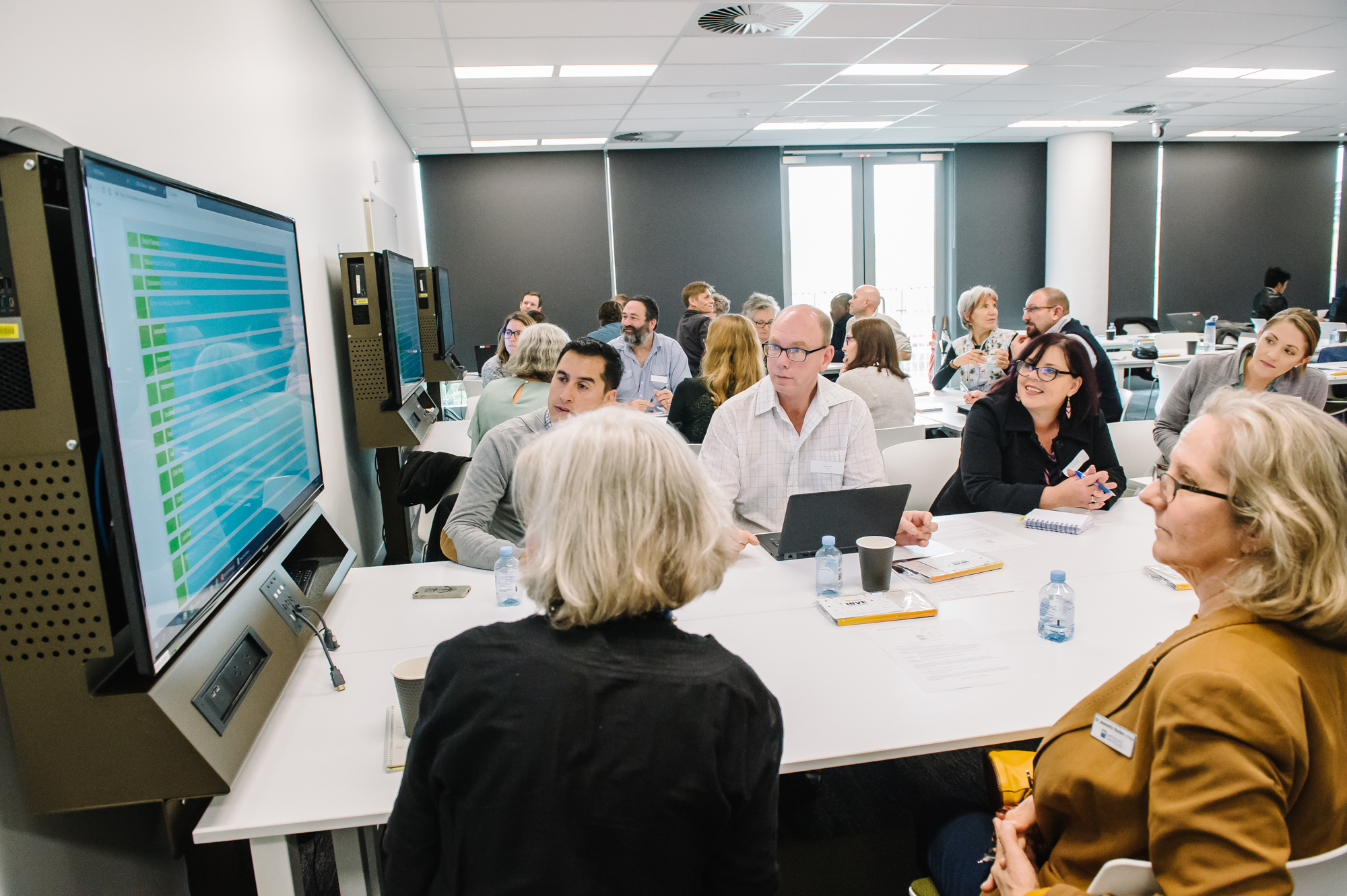Education is the core business of universities, and students are the priority. As such, universities have three main purposes. First, to support students to learn, grow, and further develop knowledge, skills, attributes and identity. One of the key intended outcomes of this student development is graduate success, including in careers.
The second purpose of universities is to generate new knowledge and lead our society forward. This function includes pure and applied research. This realm also includes economic development and global citizenship.
Third, universities are community hubs. They are centres of relationship development, networking, collaboration and the emergence and renewal of shared understandings. These three purposes overlap, and the primary stakeholders of each are students/graduates.
While students are the priority, universities would cease to function without dedicated staff. Staff co-create, and make or break, university experiences alongside students. Some of the obvious occupational categories of university staff include teachers (otherwise known as academics, professors, course examiners, tutors …), executive/management, who are often also teaching academics (deans, heads of schools, vice chancellor …), and administrative staff (support officers, executive assistants …). There are numerous other positions that are integral to university operations. For example, there are librarians, staff supporting various student-facing functions, and personnel in human resources, marketing and IT.

One of the emerging and critical occupational categories of university staff are those working in learning and teaching. This is a growing career profile, in number, role diversity, and sometimes in intentional strategic expansion, recruitment and occupational development. Some such learning and teaching positions are classified as academics and others as professionals, with neither categorical classification fitting particularly well. Some positions are structured within faculties, and aligned with specific disciplines, and others within central units. The overall vision for some roles is as thought/research/scholarship leaders (academics whose disciplinary area is higher education), probing and progressing learning and teaching, in such domains as theoretic, and applied, conceptions of learning, teaching, assessment and pedagogy. Others are positioned as support/service staff, fulfilling instrumental, functional and practical roles in the implementation of content design and teaching activities. Many designers balance scholarship with practical implementation.
While position descriptions, and thereby roles and functions, of learning and teaching staff widely vary, some of the more common elements include:
- Developing curricular content, often alongside teachers;
- Designing and improving online course (unit or subject) sites through Learning Management Systems (LMS);
- Creating fit-for-purpose assessment, and preparing clear descriptions, expectations and rubrics;
- Selecting and adapting interactive learning activities;
- Leveraging digital media and technology enabled/enhanced learning approaches, and creating innovative learning resources;
- Administering evaluation and collection/analysis of data and applying to close-the-loop on learning and teaching improvement;
- Championing student participation and voice in the educational experience;
- Coordinating learning and teaching awards and grants;
- Managing accreditation, audit and review processes; and
- Running professional learning and continuing professional development in learning and teaching for academics.
Just as the roles and functions of university learning and teaching staff widely vary, so too do the titles. The most common title, across roles and across universities, is – Learning Designers.
Stay tuned for What’s in a Name Part 2: Digital Learning Engineers.
Professor Shelley Kinash is the Director, Advancement of Learning & Teaching, and frequently, Acting Pro Vice-Chancellor at the University of Southern Queensland. Previously, she was the Director of Learning & Teaching at Bond University. She completed her PhD in Canada and has been an academic for over 25 years. She is the international Convenor of The STARS Employability Network. She led national research on – Graduate Employability, Postgraduate Student Experience and Student Evaluation of Teaching. Her 394 published works have been downloaded 51,000+ times from 177 countries. Her work is showcased in the national Government report on educational research impact https://nla.gov.au/nla.obj-423919664/view
